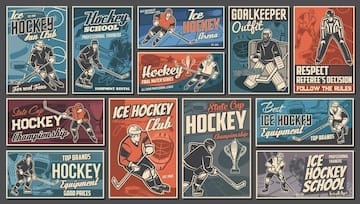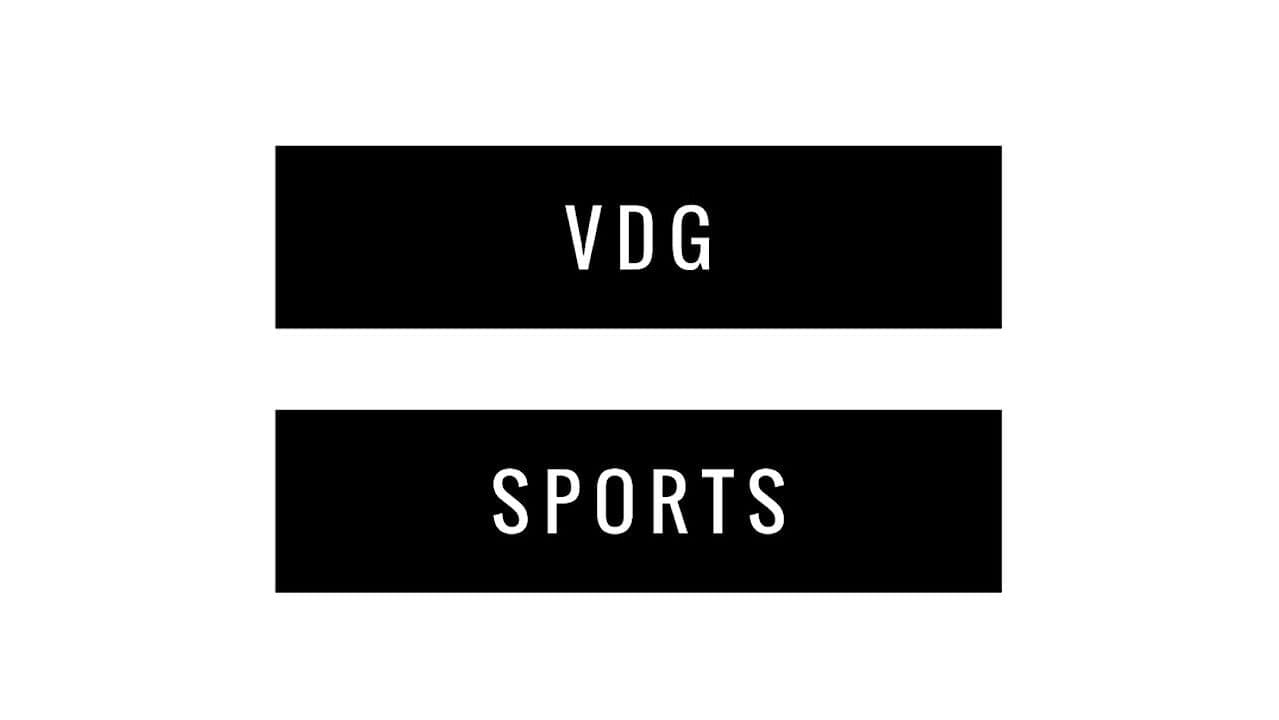Mastering the NHL Rulebook: Everything You Need to Know to Stay Ahead of the Game

Introduction to the NHL Rulebook
As a hockey fan, understanding the rules of the game is essential to fully enjoy and appreciate the sport. The National Hockey League (NHL) has a comprehensive rulebook that governs the game, ensuring fair play and competitive balance. In this article, we will explore the ins and outs of the NHL rulebook, providing you with the knowledge you need to stay ahead of the game.
Importance of Understanding NHL Rules
Having a solid understanding of NHL rules is crucial for several reasons. Firstly, it allows you to follow the game more closely, enabling you to analyze plays, strategies, and decisions made by players and officials. Additionally, understanding NHL rules helps you appreciate the skill and talent required to excel in the sport. Moreover, being knowledgeable about the rules allows you to engage in discussions and debates with fellow fans, enhancing your overall hockey experience.
Key NHL Rule Changes and Updates
The NHL rulebook is not static and undergoes changes and updates periodically. Staying informed about these changes is essential to ensure you are up to date with the latest rules. Some recent key rule changes include the introduction of the coach’s challenge, which allows coaches to request video review for specific calls on the ice. Another significant change is the hybrid icing rule, aimed at improving player safety. Familiarizing yourself with these changes can give you an edge in understanding the game.
Basic NHL Rules Every Hockey Fan Should Know
To fully grasp the game, it is important to have a solid foundation of basic NHL rules. The game is played with six players on each team, including a goaltender. The objective is to score goals by shooting the puck into the opponent’s net. Players move the puck by skating with it, passing it to teammates, or shooting it. However, they must adhere to certain rules, such as offside, icing, and the crease violation, to maintain fair play. Understanding these fundamental rules will allow you to follow the game more closely and appreciate the strategies employed by teams.
Common Penalties and Infractions in the NHL
Penalties and infractions are an integral part of the game, and players can be penalized for various actions. Some common penalties include slashing, tripping, and hooking. These penalties result in the penalized player being sent to the penalty box, leaving their team short-handed for a designated period. Familiarizing yourself with these penalties will help you understand the consequences of certain actions on the ice and how they can impact the flow of the game.
Strategies for Avoiding Penalties in the NHL
While penalties are inevitable in a fast-paced sport like hockey, teams and players employ strategies to minimize their occurrence. One such strategy is maintaining discipline and avoiding unnecessary actions that could lead to penalties. Coaches often emphasize the importance of proper positioning, stick control, and body positioning to prevent penalties. Additionally, players are trained to be aware of the officials’ presence on the ice and to play within the boundaries of the rules. By understanding these strategies, you can gain insights into how teams aim to minimize the impact of penalties on their gameplay.
Challenges and Controversies in Enforcing NHL Rules
Enforcing NHL rules is not without its challenges and controversies. The interpretation of certain rules can vary, leading to debates among fans, players, and officials. One example is the interpretation of goaltender interference, which often sparks heated discussions. The NHL continually strives to improve consistency in rule enforcement, but controversies can still arise. Understanding these challenges and controversies will allow you to engage in informed discussions and contribute to the ongoing debates surrounding the game.
Mastering the Intricacies of the NHL Rulebook
To truly master the NHL rulebook, it is important to delve into its intricacies. This includes understanding specific rule exceptions, such as the delayed offside rule and the nuances of faceoff procedures. Additionally, familiarizing yourself with less common penalties and infractions, like unsportsmanlike conduct and diving, will give you a comprehensive understanding of the rulebook. By going beyond the basics, you can develop a deeper appreciation for the complexity of the game and become a more knowledgeable fan.
Resources for Learning and Staying Updated on NHL Rules
To stay informed about NHL rules, there are several resources available. The NHL’s official website provides the complete rulebook, including explanations and video examples. Additionally, there are numerous online forums and communities where fans discuss the rules and share their insights. Following reputable hockey analysts and journalists on social media can also provide valuable updates and explanations of rule changes. By utilizing these resources, you can stay up to date and continue expanding your knowledge of NHL rules.
Conclusion: Becoming a Knowledgeable Fan of NHL Rules
Mastering the NHL rulebook is an ongoing process that requires dedication and continuous learning. By understanding the basics, staying updated on rule changes, and exploring the intricacies of the rulebook, you can become a knowledgeable fan of NHL rules. This knowledge will enhance your overall hockey experience, allowing you to appreciate the game at a deeper level. So, dive into the rulebook, explore the nuances, and stay ahead of the game.
CTA: Explore the NHL rulebook and start your journey to becoming a knowledgeable fan of NHL rules!
